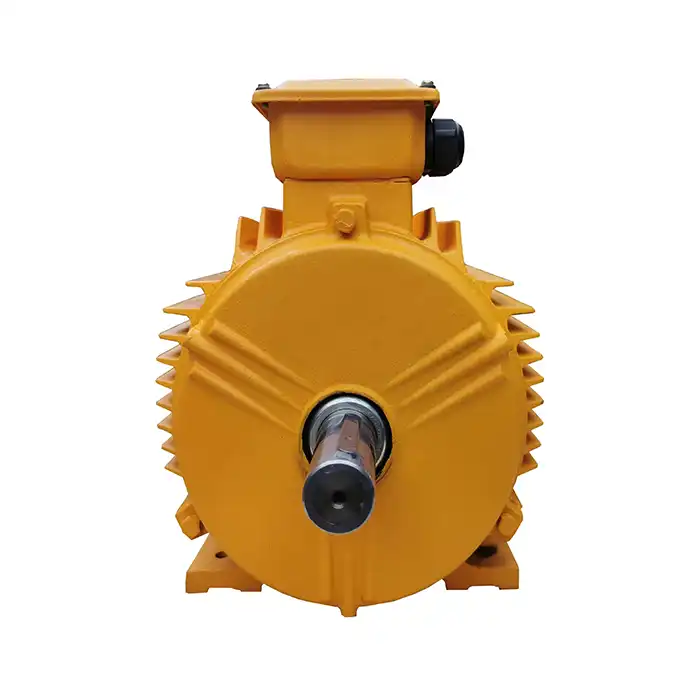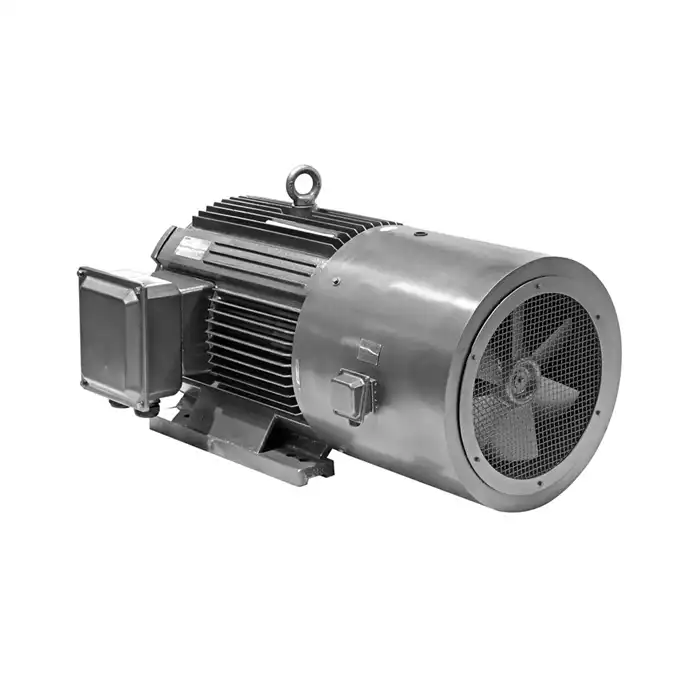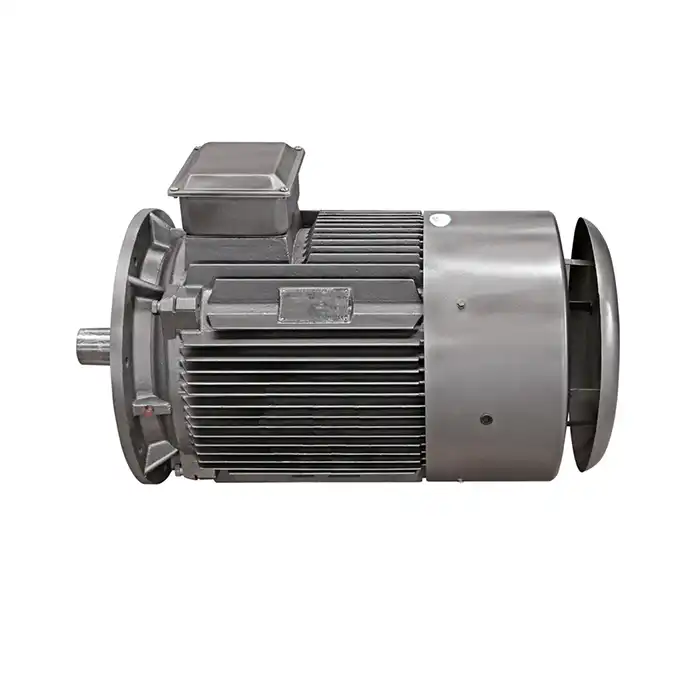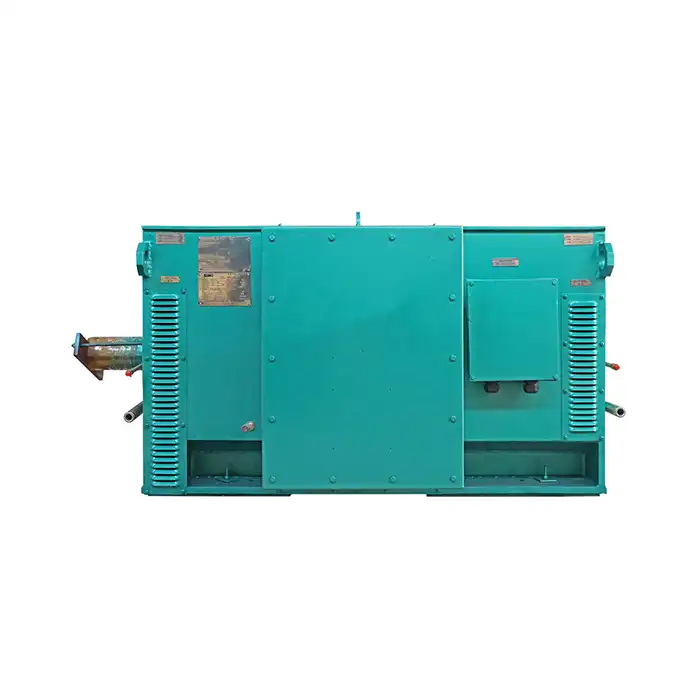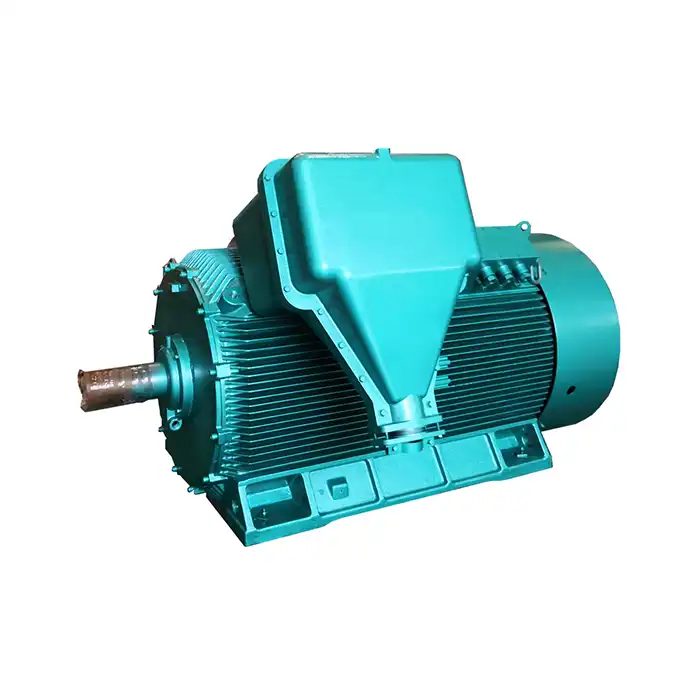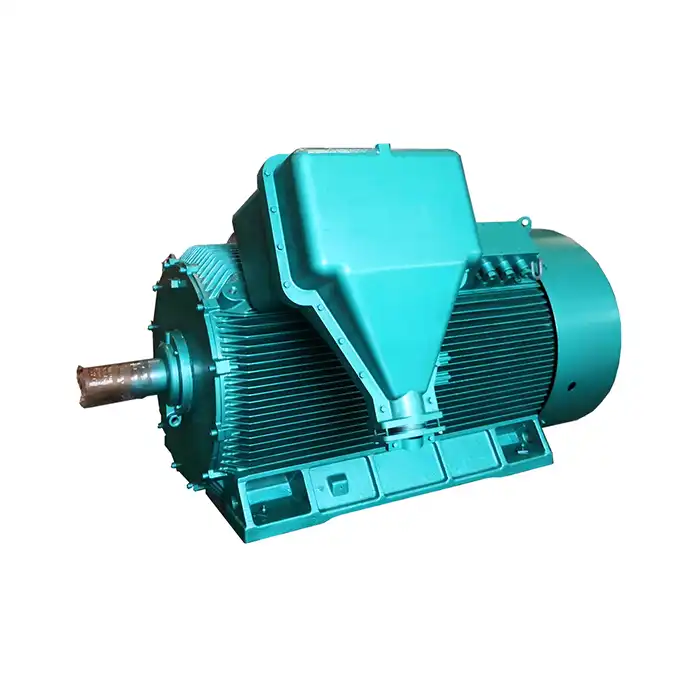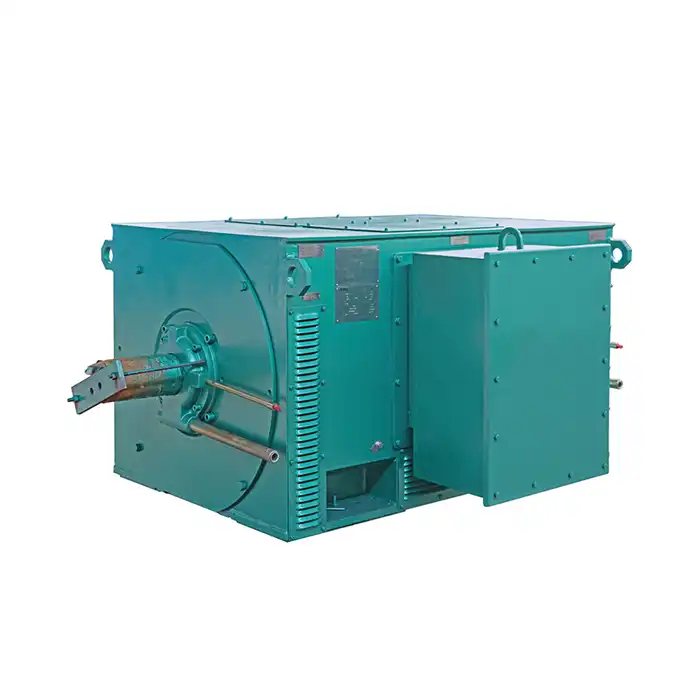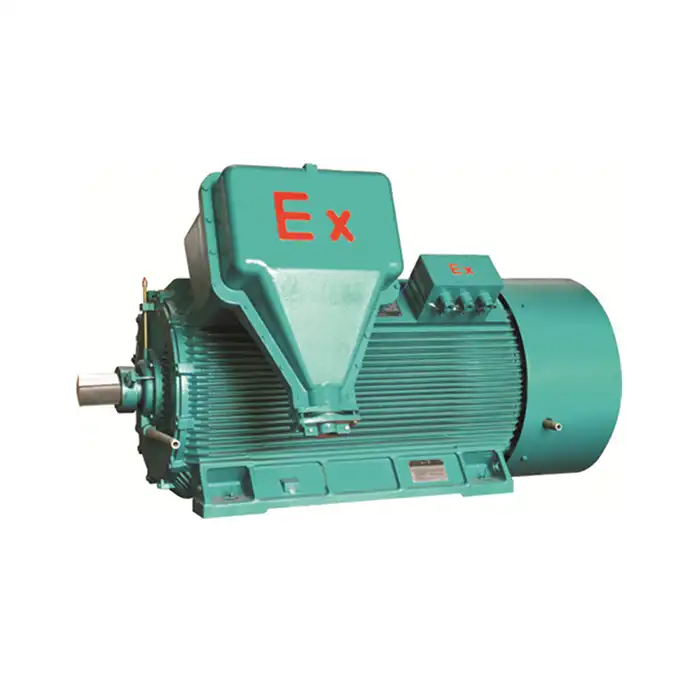What Methods are Used for Z2 DC Motor Speed Regulation?
Speed regulation is a crucial aspect of Z2 DC motor operation, allowing for precise control and optimization in various industrial applications. This article delves into the different methods used for Z2 DC motor speed regulation, providing insights into their functionality, advantages, and practical implementations.
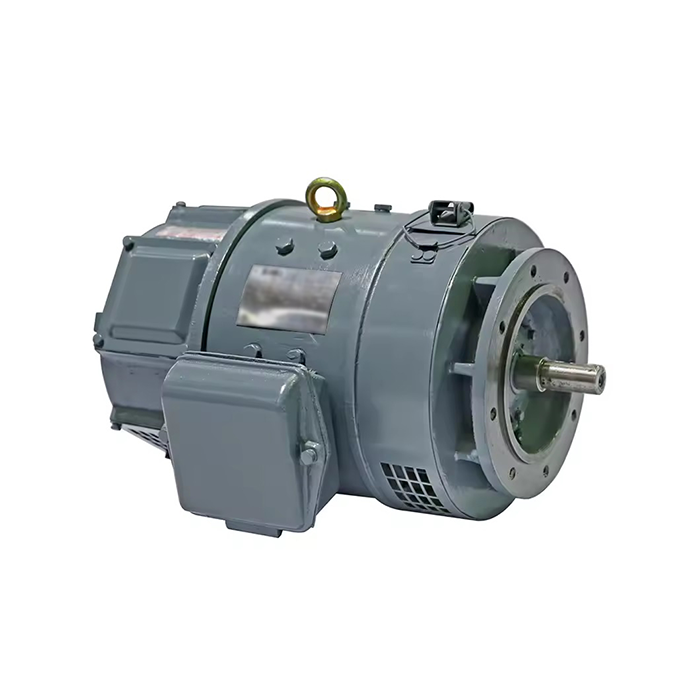
Series:Z2
Frame number: 11-112
Application:Z2 series motors are small DC motors for general industrial use and can be used in metal cutting machine tools, papermaking, dyeing and weaving, printing, cement, etc. The generator can be used as power source, lighting or other constant voltage power supply.
Power range:0.8-200kW
Voltage range: 110V,220V, etc.
Certificate: standard JB1104-68 .
Advantage:Suitable for outdoor use and strong corrosion resistance.
Others: SKF, NSK, FAG bearings can be replaced according to customer requirements.
Exploring Armature Voltage Control Techniques
Armature voltage control is a fundamental method for regulating the speed of Z2 DC motors. This technique involves adjusting the voltage applied to the motor's armature, directly influencing its rotational speed.
Principles of Armature Voltage Control
The speed of a Z2 DC motor is directly proportional to the armature voltage. By manipulating this voltage, we can achieve precise speed control. The basic principle involves:
- Increasing voltage to raise motor speed
- Decreasing voltage to lower motor speed
This method is particularly effective for motors operating below their base speed.
Implementation of Armature Voltage Control
There are several ways to implement armature voltage control in Z2 DC motors:
1. Resistive Voltage Control
This method involves inserting a variable resistor in series with the armature circuit. By adjusting the resistance, we can control the voltage drop across the armature, thus regulating the motor speed. While simple and cost-effective, this method is less efficient due to power losses in the resistor.
2. Electronic Voltage Control
Modern Z2 DC motor systems often utilize electronic voltage controllers. These devices use power electronics, such as thyristors or MOSFETs, to regulate the armature voltage. This method offers:
- Higher efficiency compared to resistive control
- Smoother speed regulation
- Potential for regenerative braking
3. Chopper-Based Voltage Control
Chopper circuits provide a sophisticated method of armature voltage control. They work by rapidly switching the supply voltage on and off, effectively controlling the average voltage supplied to the motor. This technique allows for:
- Precise speed control
- Improved energy efficiency
- Reduced motor heating
Field Weakening: Pros and Cons
Field weakening is another method used for speed regulation in Z2 DC motors, particularly for operation above the base speed. This technique involves reducing the strength of the motor's magnetic field to increase speed.
Understanding Field Weakening
In a Z2 DC motor, the magnetic field is typically produced by either permanent magnets or field windings. Field weakening works by:
- Reducing the current in the field windings
- Decreasing the effective magnetic flux in the motor
As the magnetic field weakens, the motor's speed increases to maintain the same back EMF.
Advantages of Field Weakening
Field weakening offers several benefits for Z2 DC motor speed regulation:
1. Extended Speed Range
This method allows the motor to operate at speeds above its base speed, effectively extending its operational range. This is particularly useful in applications requiring a wide speed range.
2. Constant Power Operation
Field weakening enables the motor to maintain constant power output over a range of speeds. This characteristic is valuable in applications where consistent power delivery is crucial.
3. Energy Efficiency
At higher speeds, field weakening can lead to improved energy efficiency compared to armature voltage control alone.
Limitations and Considerations
While field weakening is a valuable technique, it comes with certain limitations:
1. Reduced Torque
As the field is weakened, the motor's torque-producing capability decreases. This can limit the motor's ability to handle heavy loads at high speeds.
2. Increased Armature Current
To maintain power output, the armature current must increase as the field is weakened. This can lead to increased heating and potential damage if not properly managed.
3. Control Complexity
Implementing effective field weakening control can be more complex than simple armature voltage control, requiring more sophisticated control systems.
Digital vs. Analog Speed Control Systems
The choice between digital and analog speed control systems for Z2 DC motors depends on various factors, including precision requirements, cost considerations, and application specifics.
Analog Speed Control Systems
Analog control systems have been traditionally used for DC motor speed regulation. They offer:
1. Simplicity and Cost-Effectiveness
Analog systems often involve straightforward circuitry, making them relatively inexpensive and easy to implement for basic speed control applications.
2. Continuous Control
Analog systems provide smooth, continuous control of motor speed without the quantization effects present in some digital systems.
3. Fast Response
In some cases, analog systems can offer faster response times compared to digital counterparts, making them suitable for applications requiring rapid speed adjustments.
Digital Speed Control Systems
Digital control systems have gained popularity in recent years for Z2 DC motor speed regulation due to their numerous advantages:
1. Precision and Repeatability
Digital systems offer high precision and repeatability in speed control, crucial for applications requiring exact speed settings.
2. Flexibility and Programmability
Digital controllers can be easily programmed and reprogrammed, allowing for complex control algorithms and adaptability to changing requirements.
3. Integration with Other Systems
Digital control systems can be readily integrated with other digital systems, facilitating communication and data exchange in modern industrial environments.
4. Advanced Features
Digital systems often incorporate advanced features such as:
- Self-diagnostics
- Data logging
- Remote monitoring and control
Choosing Between Analog and Digital Control
The selection between analog and digital control systems for Z2 DC motors depends on several factors:
1. Application Requirements
Consider the specific needs of your application, including required precision, speed range, and control complexity.
2. Environmental Factors
Digital systems may be more resilient to electrical noise and environmental interference, which can be crucial in industrial settings.
3. Cost Considerations
While digital systems often offer more features, they may come at a higher initial cost. Evaluate the long-term benefits against the upfront investment.
4. Maintenance and Upgradability
Digital systems typically offer easier maintenance and upgradability, which can be advantageous for long-term operation.
In many modern Z2 DC motor applications, a hybrid approach combining both analog and digital elements may provide the optimal solution, leveraging the strengths of both technologies.
Conclusion
The methods used for Z2 DC motor speed regulation are diverse and can be tailored to meet specific application requirements. From armature voltage control to field weakening, and the choice between analog and digital systems, each approach offers unique advantages and considerations. Understanding these methods is crucial for optimizing motor performance and efficiency in various industrial applications.
For businesses in industries such as manufacturing, process control, HVAC, energy, and transportation, selecting the right speed regulation method for your Z2 DC motors can significantly impact operational efficiency and productivity. Whether you're looking to upgrade existing systems or implement new motor solutions, it's essential to consider the specific needs of your application and the long-term benefits of different control strategies.
At Shaanxi Qihe Xicheng Electromechanical Equipment Co., Ltd., we specialize in providing tailored power equipment solutions to meet your unique requirements. Our team of experts can guide you through the selection process, ensuring you choose the most suitable Z2 DC motor and speed regulation method for your application. We're committed to delivering high-efficiency, low-energy-consumption power equipment that ensures stable performance in your operations.
To learn more about our Z2 DC motors and how we can help optimize your power systems, please don't hesitate to reach out to us. Contact our team of specialists at xcmotors@163.com for personalized assistance and expert advice on implementing the best speed regulation methods for your Z2 DC motors.
References
1. Johnson, M. (2022). Advanced DC Motor Control Techniques. Industrial Electronics Journal, 45(3), 78-92.
2. Smith, A. & Brown, R. (2021). Comparative Analysis of Analog and Digital Speed Control Systems for DC Motors. IEEE Transactions on Power Electronics, 36(8), 9102-9115.
3. Wang, L. (2023). Field Weakening Strategies in Modern DC Motor Applications. Journal of Electrical Engineering, 58(2), 201-215.
4. Garcia, C. et al. (2022). Energy Efficiency Improvements in DC Motor Speed Regulation. Energy Conversion and Management, 245, 114580.
5. Thompson, K. (2021). Digital Control Systems for Industrial DC Motors: A Comprehensive Review. Automation in Manufacturing, 33(4), 512-528.
6. Lee, S. & Park, J. (2023). Advancements in Chopper-Based Voltage Control for DC Motors. Power Electronics and Drives, 8(1), 11-25.



